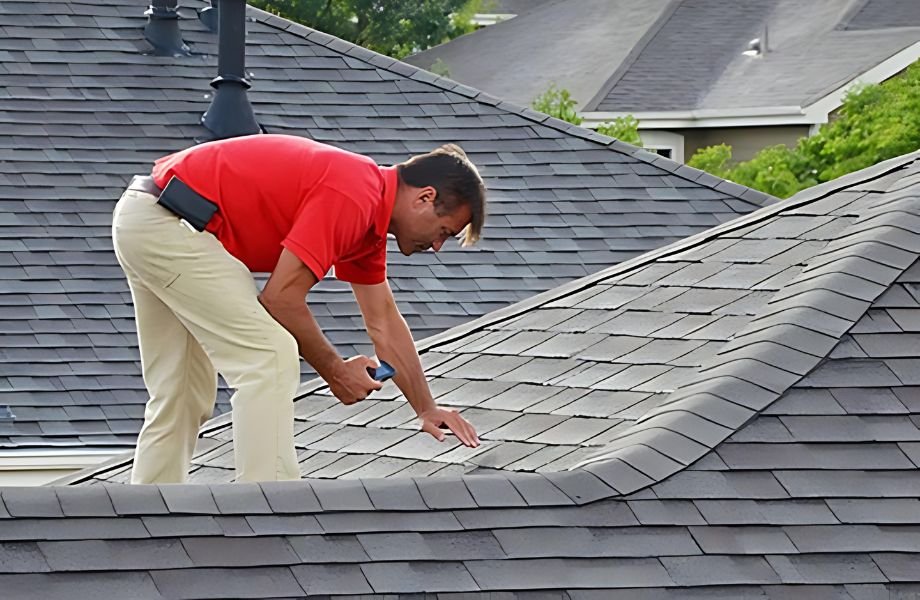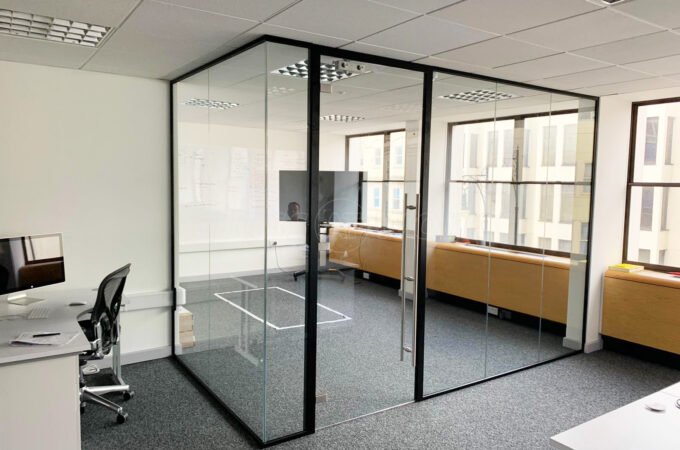
Why does a professional roof inspection prevent costly water damage?
Water damage from roof failures costs homeowners thousands of dollars annually in repairs that could have been prevented through regular professional inspections. The roofing services identify potential problems before they become expensive disasters, saving property owners substantial money over time. These comprehensive evaluations detect issues invisible to untrained eyes, allowing for targeted repairs that prevent extensive interior damage and structural deterioration.
Table of Contents
ToggleHidden leak detection
Professional inspectors use specialized equipment to locate moisture infiltration points that remain invisible during casual visual examinations. Thermal imaging cameras reveal temperature variations indicating water presence behind walls and ceilings. Moisture meters detect elevated humidity levels in building materials before visible damage appears. Many leaks develop slowly over months or years, creating extensive damage before homeowners notice obvious signs. Water travels along structural members, often appearing far from the actual entry point, making source identification extremely difficult without professional expertise. Common hidden leak locations include:
- Flashing around chimneys, skylights, and vent penetrations
- Valley intersections where roof planes meet
- Step flashing along dormers and wall connections
- Underlayment deterioration beneath intact shingles
- Ice dam formation areas in northern climates
Early detection prevents water from reaching interior finishes, insulation, and structural framing. Once water penetrates these areas, repair costs multiply exponentially compared to simple roof repairs.
Structural vulnerability assessment
Professional inspections evaluate structural integrity beyond surface-level observations. Inspectors examine rafters, decking, and support systems for signs of water-related deterioration. Sagging areas indicate potential structural compromise requiring immediate attention. Wood rot progresses rapidly once moisture establishes consistent contact with structural members. Professional assessment identifies these conditions before they threaten building stability. Metal components face corrosion risks that weaken connections and support capacity over time. Structural problems often develop in areas homeowners cannot safely access or properly evaluate. Professional inspectors have the training and equipment necessary to examine these critical areas thoroughly while maintaining safety protocols.
Preventive maintenance scheduling
Regular professional inspections establish maintenance schedules based on actual roof conditions rather than arbitrary timelines. Different roofing materials require specific maintenance approaches at varying intervals to maintain peak performance. A preventative maintenance program addresses minor issues before they become serious problems. Replacing a few damaged shingles costs significantly less than repairing extensive water damage throughout a home’s interior. Professional inspectors create prioritized repair lists that help homeowners budget effectively. Maintenance scheduling considerations include:
- Seasonal weather patterns affecting roof performance
- Material-specific maintenance requirements and intervals
- Local environmental factors like tree coverage or salt exposure
- Previous repair history and current condition assessment
Professional guidance ensures maintenance efforts focus on areas most likely to develop problems, maximizing investment value while minimizing future repair costs.
Insurance claim documentation
Professional inspections provide detailed documentation essential for insurance claims related to storm damage or gradual deterioration. Insurance companies require specific evidence to process claims efficiently and fairly. Photographic documentation, detailed condition reports, and professional assessments strengthen claim submissions. Many insurance policies include provisions for preventive inspections that can reduce deductibles or premium costs. Professional documentation helps distinguish between covered perils and normal wear, which requires homeowner responsibility. Proper documentation includes material condition assessments, damage extent mapping, and repair cost estimates from qualified professionals. This information streamlines claim processing while ensuring appropriate coverage application.

Michelle Joe is a blogger by choice. She loves to discover the world around her. She likes to share her discoveries, experiences, and express herself through her blogs.






